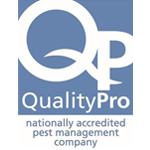Bee, Hornet & Wasp Pest Control in Charlotte
Preventing bees, hornets, and wasps from infesting your property is challenging for homeowners. Many of these winged insects are vital to our ecosystem and must be handled delicately. With Carolina Pest Control, you are employing professionals with years of experience in safely removing nests and hives. Contact our team to find out about our multi-step process in handling bees, hornets, and wasp infestations around Charlotte.
Skip Ahead
- What to Expect
- How to Identify a Bee, Hornet or Wasp Infestation
- Common Stinging Insects in the Carolinas
- Our Inspection Process
- Recommend Home Inspection
- Common Stinging Insects in Charlotte
- Bee and Wasp Removal Frequently Asked Questions
Charlotte Stinging Insect Control: What to Expect
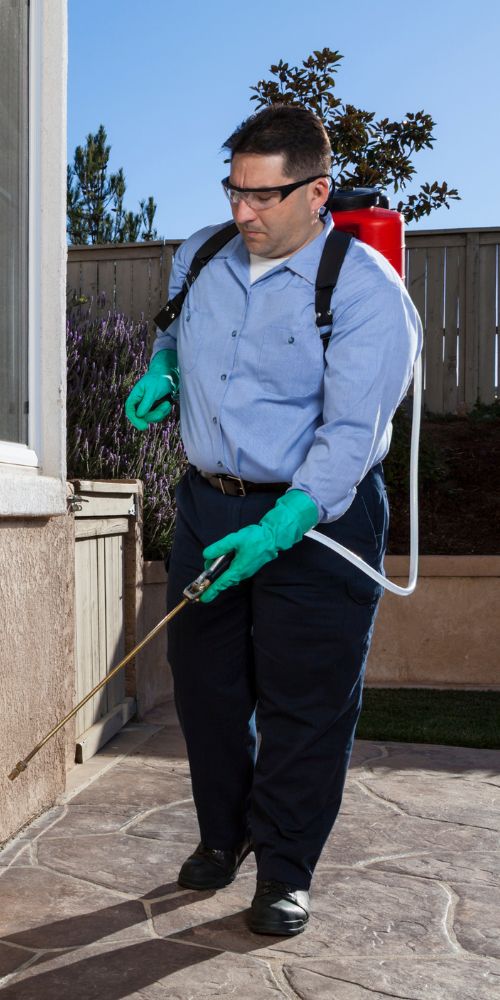
Identify
If you see signs of stinging insects in or around your Charlotte home, call to schedule an inspection right away.
Inspect
With over 80 years of experience, Carolina Pest Management knows what signs of stinging insects to look for.
Treatment
A Professional Carolina Pest Technician can safely remove any stinging insect hive or nest threatening your home.
Maintenance
When the weather gets warmer bees, hornets, and wasps are sure to appear. Prevent an infestation with annual maintenance.
How to Identify a Bee, Hornet, or Wasp Infestation
Many homeowners don’t realize just how heavily infested their properties can become once winged insects move in. For instance, by mid-summer, a mature nest can contain thousands of wasps. The wasps may eventually pose a serious safety risk to your home, family members, and household pets.
Our Charlotte Bee, Hornet & Wasp Inspection Process
Safety is our priority when we arrive at your home for a thorough inspection. Carolina Pest will always ask that all family members and pets remain safely away from any possible infestations. Our technicians will search the property thoroughly for signs of hives and nests. The type of insects found will be positively identified and the extent of the infestation will be determined. A full report will be presented at the conclusion of our pest inspection.
Treatment of Bees, Hornets & Wasp
After an inspection, a plan of action will be devised to eradicate the stinging insects from your property. Depending on the type of stinging insects found during our evaluation, you may require removal services or the use of insecticides. We provide spot treatments as well as long-term control of bees, hornets, and wasps. We will provide you with safety guidelines on what to expect before and after treatment. We guarantee fast, responsive service with competitive pricing in the Charlotte area. “Green” Pest Control Treatments are also available.
Our Accreditations



Recommended Bee, Hornet & Wasp Maintenance
To prevent stinging insect infestations, control any food debris left outdoors. Clean up food scraps after eating outside and don’t leave food unattended. Don’t feed pets outdoors and never leave their food or water bowls in your backyard.
Trash receptacles should be covered with tight lids. Protective materials, like screens, can also be placed around areas that tend to attract nests. Since some stinging insects like to nest in wood piles, these should be relocated away from the home. Keep stinging insects outdoors by making sure they don’t have an entry point. Look for any holes and openings on the exterior of the home and make repairs, like caulking, as needed.
Although we can take preventative measures to stop future infestations, pests may return to your property each spring and summer. We recommend scheduling an annual inspection for winged stinging insects, nests, and hives. Contact a bee and wasp exterminator if you do happen to see any stinging insects around your property. The professional will not only assist with wasp and hornet control but recommend preventative measures.
If bees, hornets, or wasps create a hive or nest in your attic, gutter, under the deck, or beneath the roof, your home may be prone to structural damage.
Common Stinging Insects in Charlotte
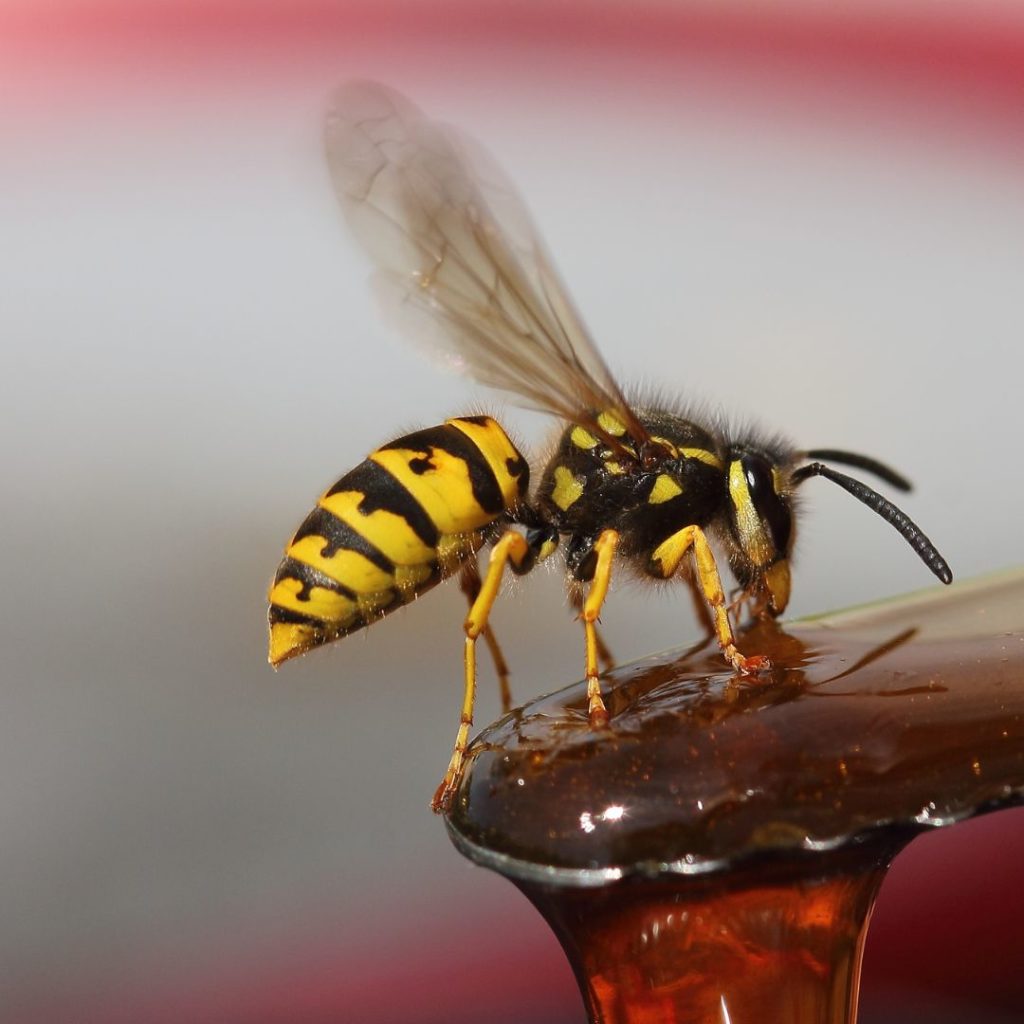
Yellow Jackets
Despite being classified as wasps, yellow jackets are often mistakenly identified as bees. They have a distinct yellow and black striped appearance and can be aggressive pests.
How to Spot Yellow Jacket Nests
Yellow jackets have papery nests and often build their homes on the ground, in holes in the ground, or within empty wall spaces. Nests inside a home are hard to find and can only be determined when homeowners notice them flying in and out of exterior gaps or cracks in a structure.
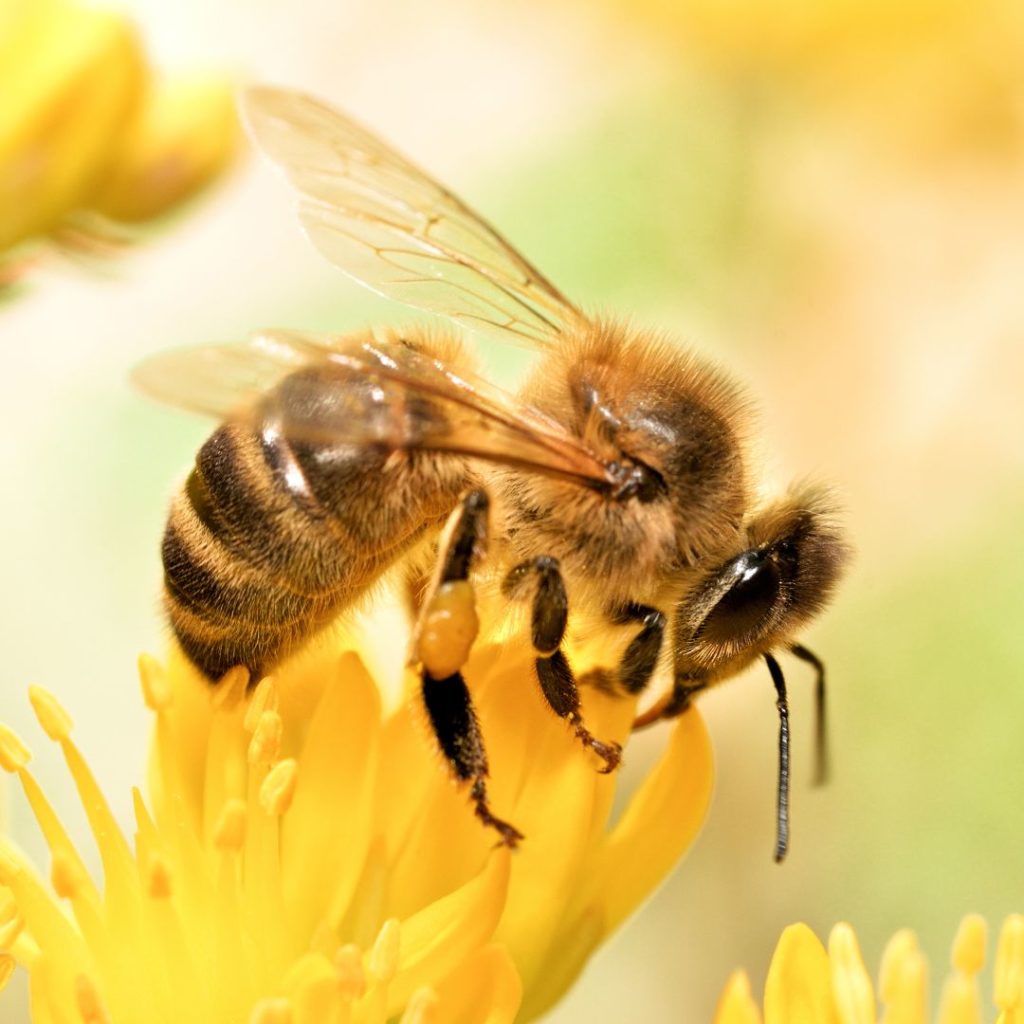
Honey Bees
Compared to yellow jackets, honey bees are much less aggressive. Honey bees may have similar coloring as yellow jackets, but are furrier with more black on their mid-sections than yellow. Honey bees tend to nest in spaces like an attic or within a hole in your wall. Honey bee nests can thrive for years and years. Honey bee combs can be detrimental to a home’s foundation and may also attract other pests to the building.
Common Areas Where Bee Nests Are Found
Bees look for isolated areas to make their nests. Common sites include under eaves and soffits as well as below decks and patios. Other nesting areas for bees include sheds, treehouses, playhouses, and barns. Bees have been known to nest in a home’s wall cavities.
How to Spot Bee Nests
A bee nest is typically concealed better than a wasp or hornet nest. A bee nest has a yellowish hue and you may notice the combs. A bumblebee nest usually looks different than a honeybee nest and can be created from animal fur, leaves, and twigs.
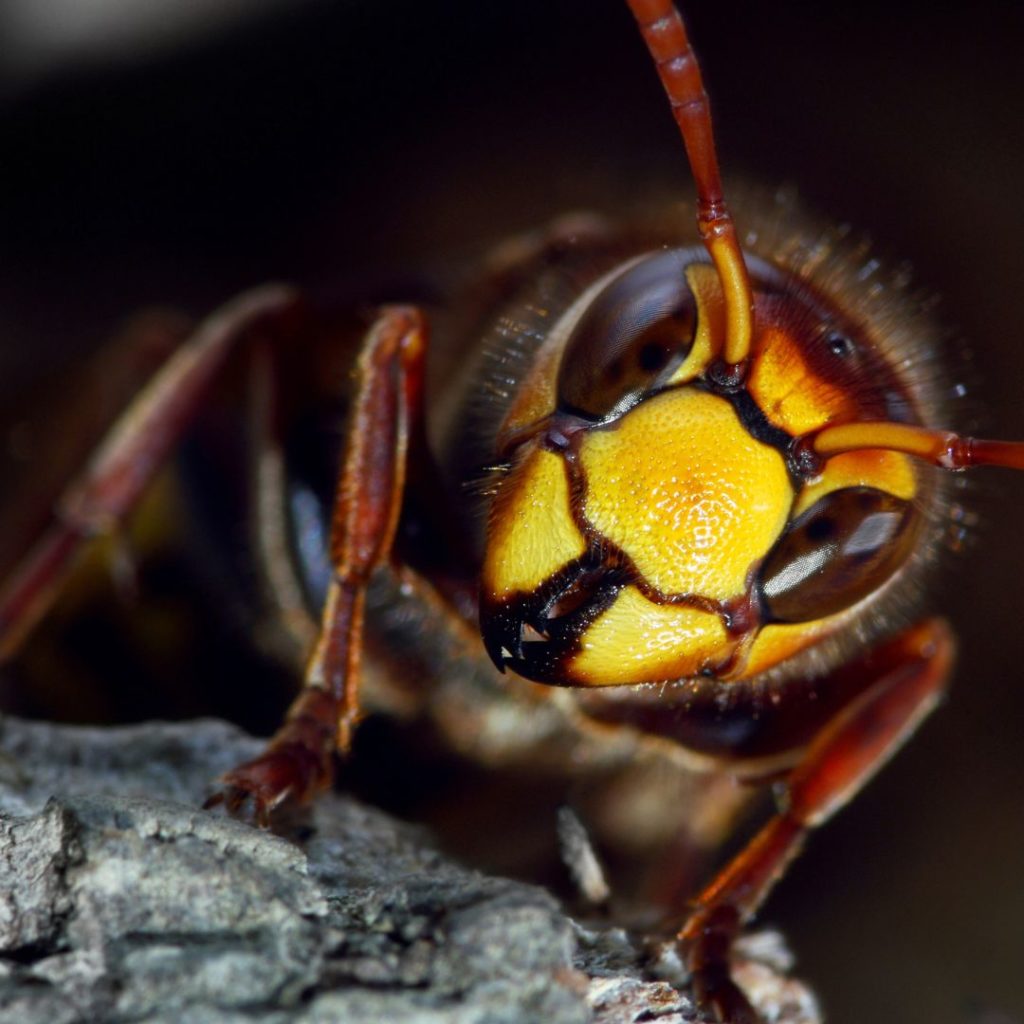
Hornets
Hornets are usually over an inch in length with two distinct pairs of wings and six legs. Many hornets have a reddish-brown coloring. Hornet nests are made from saliva and wood pulp, and therefore have a paper-like appearance. Hornet nests are often found in trees and above rafters in elevated ceilings.
Common Areas Where Hornet Nests Are Found
Hornet nests are found both below and above ground. Outdoors, hornets tend to make nests underneath decks and patios. They also nest under eaves of buildings, on playground equipment in backyards, and around light fixtures and window shutters.
How to Spot Hornet Nests
Hornet nests typically have a tan or gray color with a muddy or papery appearance. Nests are round or spherical. Since combs are found inside the nest, you may be able to see them from the exterior of the nest.
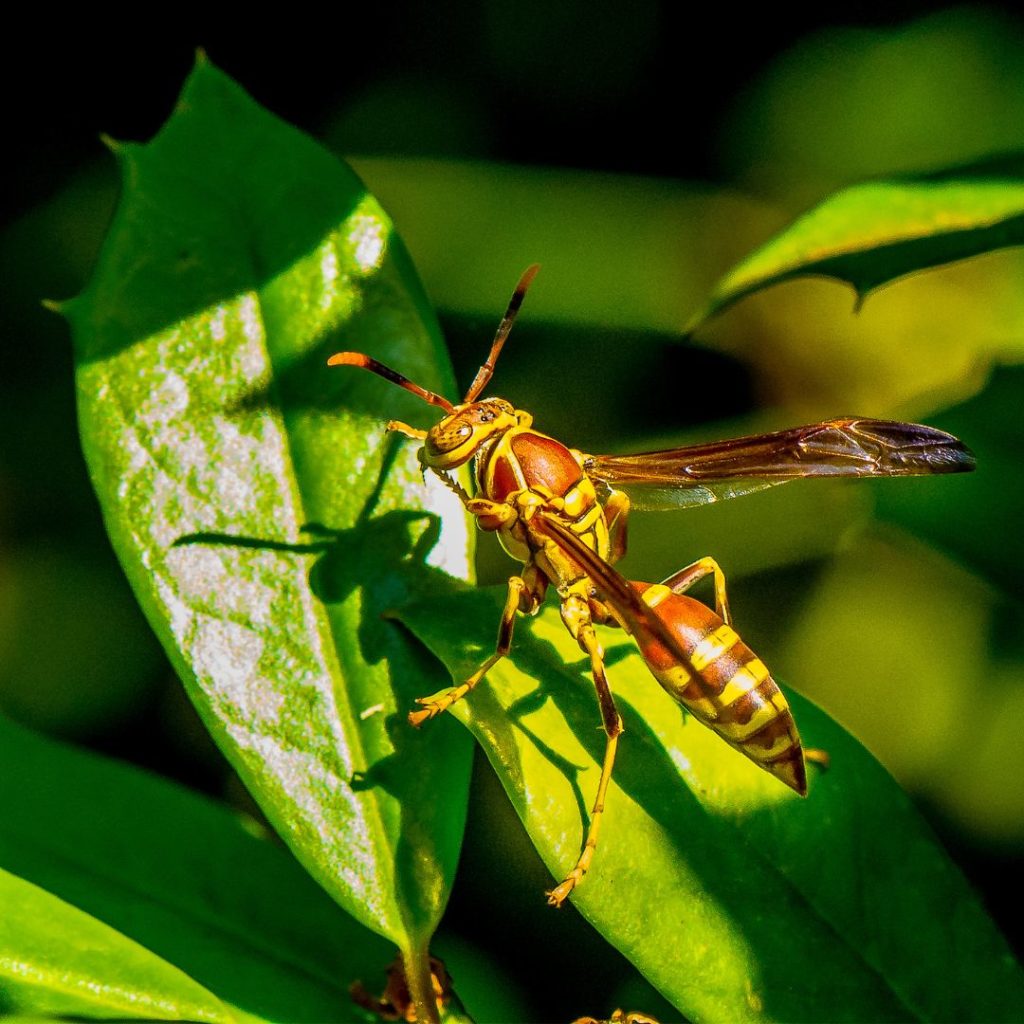
Paper Wasps
The most identifiable features of paper wasps are their long, dangly legs. They have slim bodies and typically fly at a slower pace than other stinging insects. Paper wasps are undiscerning when it comes to nesting: they can be found in attic corners, beneath deck railings, under window shutters, and inside gas grills.
Common Areas Wasp Nests Are Found
Wasps often build their nests inside hidden crevices and cracks around the home, so wasp nests are frequently found under roof eaves, inside sheds and garages, and behind window shutters. Different types of wasps nest in varying areas. As an example, mud daubers nest in masonry and stonework while yellow jackets may build nests in wall cavities.
How to Spot Wasp Nests
Wasp nests look different depending on the type of wasp. Mud daubers have nests made from dried mud or clay. Hornet nests are made from shredded pulp with a paper-like shell. Yellow jackets have a similar looking nest with a thin papery appearance. Wasp nest removal should be managed by a professional.
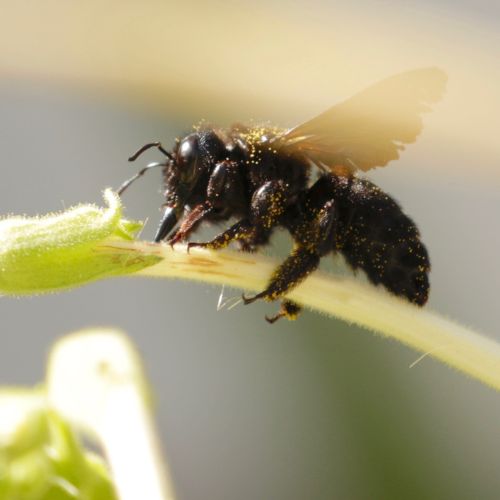
Carpenter Bees
Carpenter bees are large, black bees that become aggressive during their mating season in late spring. They typically nest in untreated wood such as cedar, redwood, and pine. Old nests can be reused on an annual basis.
Bee and Wasp Removal Frequently Asked Questions
How much does bee removal cost?
Several factors affect the costs of stinging insect control. The first factor is the location of the nests. If the nests are not easily accessible to a pest control specialist, the costs may increase. For example, nests located in elevated areas may require special equipment to reach. The next factor is the extent of the problem. To create an accurate cost estimate, a pest control technician will determine the number of nests present on your property. Keep in mind that stinging insect prices in Charlotte are usually more than many other pest control services due to the dangers associated with stinging insect nest removal. Never wait to remove nests of dangerous insects, such as wasps and hornets. If not eradicated immediately, the insects can pose a health risk to family members and to household pets. Also, homeowners should not pay for DIY sprays and control methods, which can be ineffective and dangerous. Choosing professional removal is safer and more effective. On average, the cost of stinging insect control services is $150 or more.
Can I remove a wasp nest myself?
One of the main issues with DIY stinging insect removal is that you may be unnecessarily using insecticides on bees, which help the environment and which are preferably not killed. Also, most hornet and wasp pesticides only eliminate the insects you come directly into contact with. These products will not eliminate a nest of yellow jackets or wasps. Furthermore, without protective clothing, there is a strong risk you will be stung while trying to control a stinging winged insect problem.
What do you do for a bee sting?
In most cases, getting stung is not life-threatening. Calmly, leave the area where you were stung. When in a safe area, remove any of the stinger left in your skin (you will see it if stung by a bee). Tweezers or your fingernails can be used to scrape the stinger out of the skin. Apply a cold compress to the skin to reduce pain and swelling. Over-the-counter pain relievers and antihistamines can also be used to alleviate symptoms. If you are allergic to insect stings, getting stung is considered a medical emergency. Signs of an allergy include difficulty breathing, lightheadedness, mental confusion, and the presence of hives on your skin. Call 911 for assistance. If you have a known allergy, your doctor may have provided you with an epinephrine pen.
Will a bee’s nest damage my house?
Even in homes with insulation, bees and wasps can find their way in through cracks and crevices to make their nests. In fact, they can remove fiberglass insulation, including paper. Bees can also chew up the plastic that insulates electrical wires within the walls. Sealing any points of entry from the exterior of your home is helpful for preventing flying insects from nesting inside.
When can you remove a wasp nest?
The answer largely depends on the location of the hive. If a hive is within the walls of your home or inside your roof, you should strongly consider removal. After a hive has been established for more than two weeks, there is a chance for long-term structural damage.
Charlotte Stinging Insect Control Technicians
The professional team from Carolina Pest Management will protect your home and family from stinging insects. Hiring a stinging insect exterminator can offer safe solutions to your pest problem. When a technician arrives at your home, a thorough inspection will be performed to identify any nesting sites. A Carolina Pest Management bee and wasp exterminator is trained to safely remove nesting sites and prevent re-infestations. Residents of the Carolinas can call today to learn more about our professional pest removal solutions.


